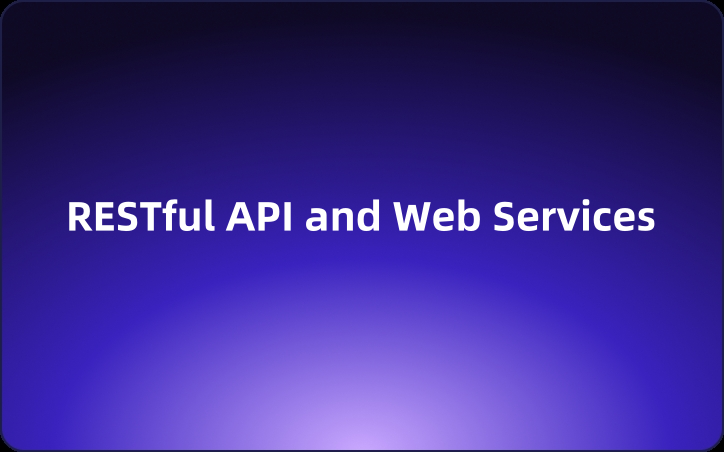Understanding RESTful API and Web Services: Key Differences and Use Cases
Grasping the differences between RESTful API and web services is essential for developers aiming to build efficient, interoperable, and scalable applications. In this section, we will explore the intricacies of each, highlighting their distinct features, benefits, and practical applications.
In the landscape of modern software development, both RESTful APIs and web services are fundamental for enabling seamless communication between different systems. While these terms are often used interchangeably, they represent distinct concepts with unique characteristics and use cases. Grasping the differences between RESTful API and web services is essential for developers aiming to build efficient, interoperable, and scalable applications. In this section, we will explore the intricacies of each, highlighting their distinct features, benefits, and practical applications.
Differences Between RESTful API and Web Services
Understanding the distinctions between RESTful API and web services is crucial for selecting the right approach for your application needs.
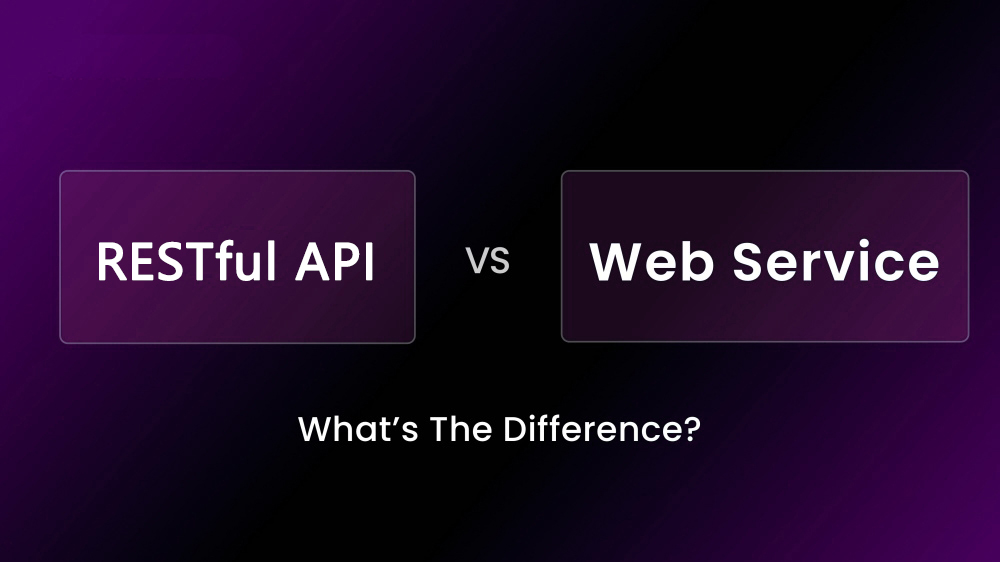
| Feature | RESTful API | Web Services |
|---|---|---|
| Nature | A type of API that adheres to REST principles | A subset of APIs specifically designed for network-based usage |
| Communication | Primarily uses HTTP/HTTPS protocols with JSON or XML formats | Often uses HTTP/HTTPS with SOAP (XML-based protocol) or REST principles |
| Implementation | Typically utilizes REST principles with stateless communication | Uses standardized methods like WSDL (SOAP) or OpenAPI/Swagger (REST) |
| Usage Example | Retrieve and manipulate data in a RESTful database | Allow interaction with a centralized system using SOAP or REST |
Practical Examples to Illustrate Differences
Example 1: RESTful API
- Scenario: An online store retrieves product details using a RESTful API.
- Description: The API request is made via HTTP, and JSON is returned as the response format.
- Code Snippet:
Response:GET /api/products/123 HTTP/1.1 Host: store.example.com{ "id": 123, "name": "Laptop", "price": 899.99 }
Example 2: Web Service (SOAP)
- Scenario: A financial system fetches currency conversion rates using a SOAP web service.
- Description: The service uses a SOAP envelope to send a request and receive a response.
- Code Snippet:
Response:<soap:Envelope xmlns:soap="http://schemas.xmlsoap.org/soap/envelope/"> <soap:Body> <GetConversionRate xmlns="http://www.webserviceX.NET/"> <CurrencyFrom>USD</CurrencyFrom> <CurrencyTo>EUR</CurrencyTo> </GetConversionRate> </soap:Body> </soap:Envelope><soap:Envelope xmlns:soap="http://schemas.xmlsoap.org/soap/envelope/"> <soap:Body> <GetConversionRateResponse xmlns="http://www.webserviceX.NET/"> <GetConversionRateResult>0.85</GetConversionRateResult> </GetConversionRateResponse> </soap:Body> </soap:Envelope>
Using EchoAPI to Debug and Test Web APIs
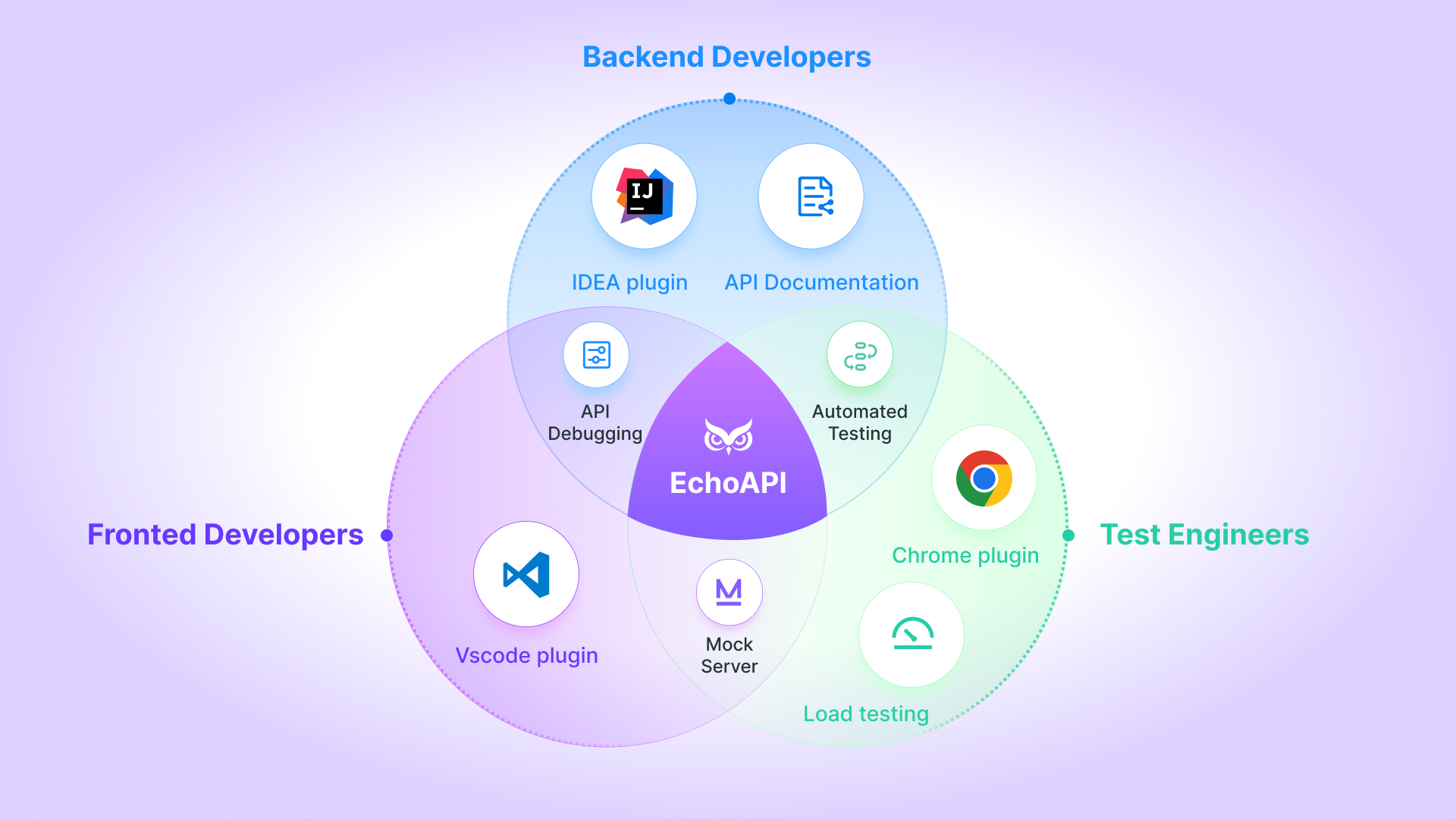
EchoAPI is a comprehensive tool for debugging and testing Web APIs. Here’s a guide on how to use EchoAPI effectively:
Steps to Debug and Test Using EchoAPI
1. Create or Import a Request:
- You can manually create a request by specifying the URL and parameters.
- Import requests from other tools like Postman, Swagger, or cURL.
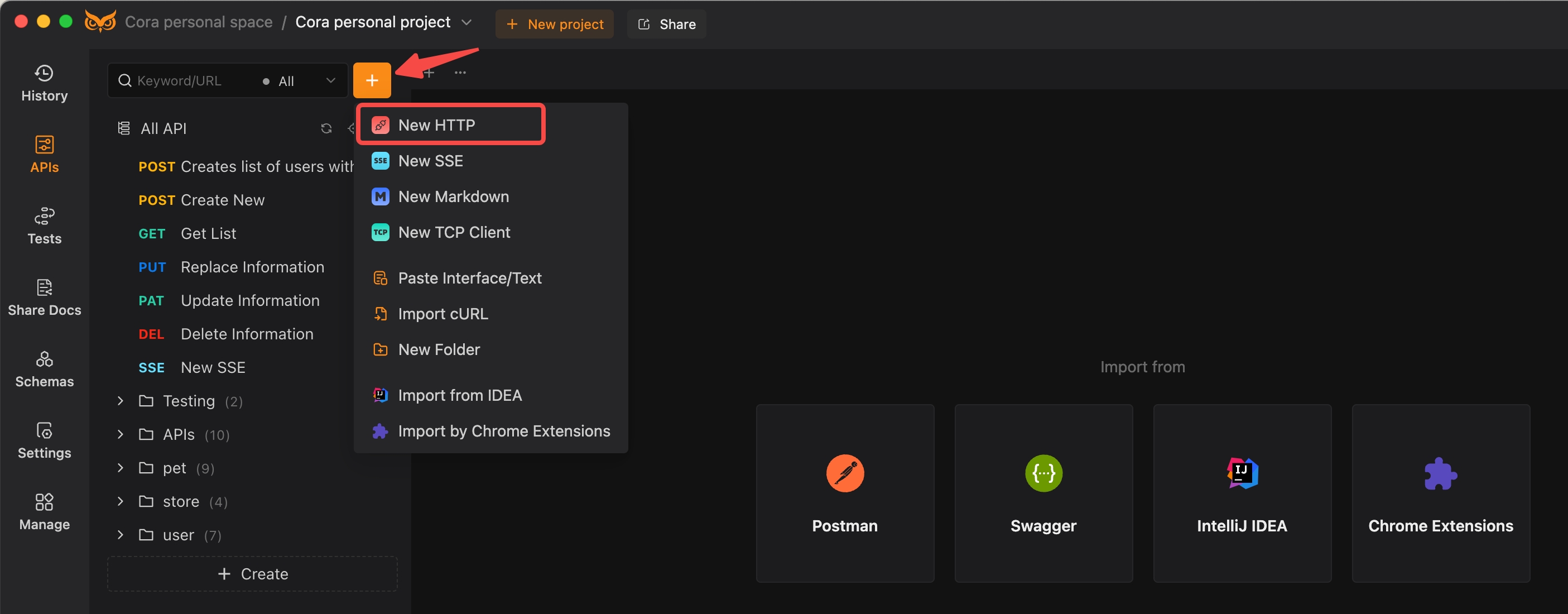
2. Set Request Headers:
- Manually set the
Content-Typevalue in the request header to eitherapplication/jsonortext/xml, depending on the specific requirements of the endpoint.

3. Executing Requests and Analyzing Responses:
- Send the API request and examine the response to ensure it behaves as expected.
- Analyze the response code and returned data to verify correctness.
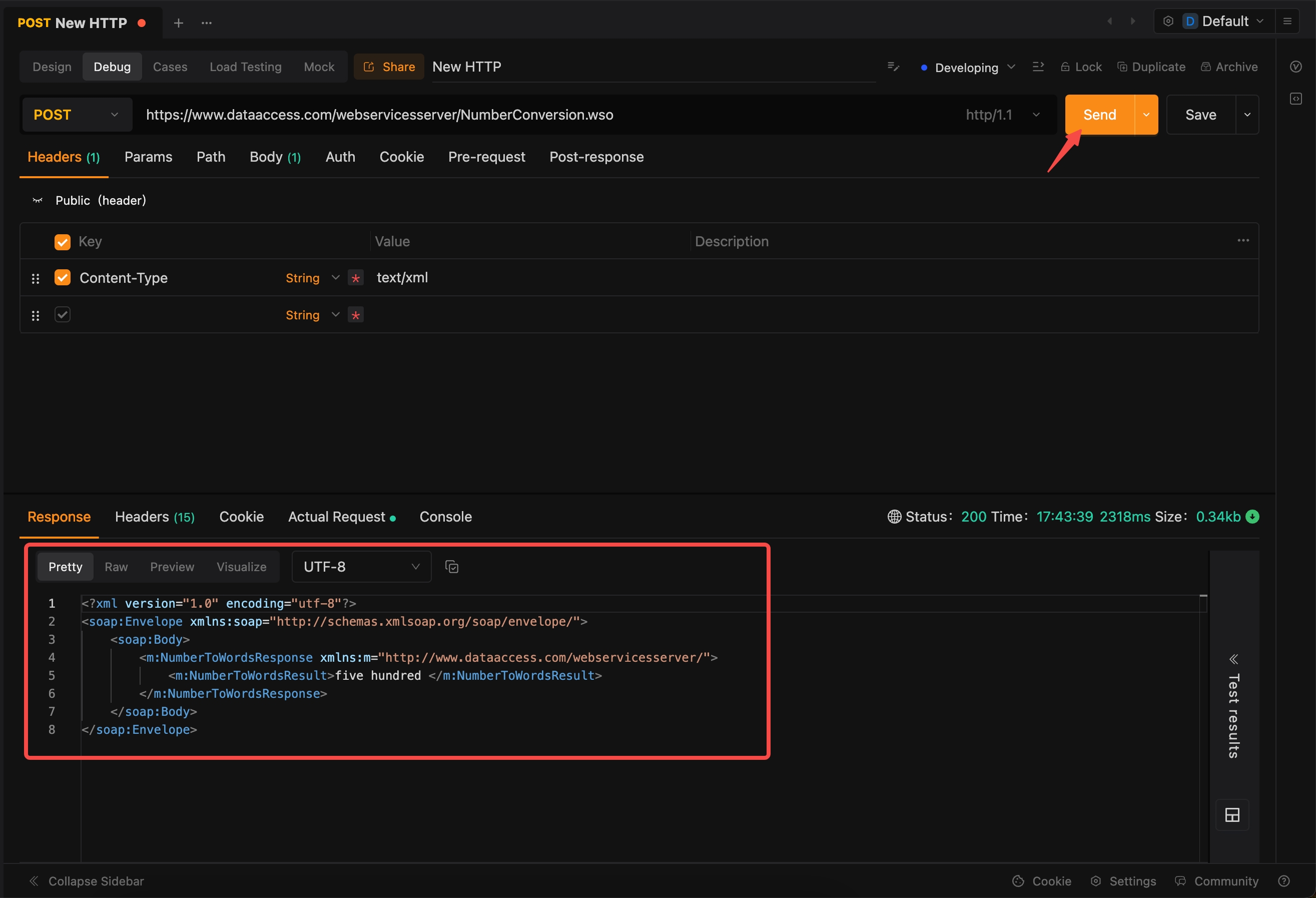
Example of Importing and Debugging a Web API Request:
curl --request POST \
--url https://www.dataaccess.com/webservicesserver/NumberConversion.wso \
--header 'Accept: */*' \
--header 'Content-Type: text/xml' \
--data '<?xml version="1.0" encoding="utf-8"?>
<soap:Envelope xmlns:soap="http://schemas.xmlsoap.org/soap/envelope/">
<soap:Body>
<NumberToWords xmlns="http://www.dataaccess.com/webservicesserver/">
<ubiNum>500</ubiNum>
</NumberToWords>
</soap:Body>
</soap:Envelope>'
After sending this request, EchoAPI displays the response. By reviewing the response, you can confirm that the API is functioning as intended and returning the correct data.

Conclusion
Understanding the differences between RESTful APIs and web services is fundamental for developers as they architect and implement software solutions. While RESTful APIs are essential for creating interoperable, reusable, and scalable systems, web services provide a standardized approach for network-based communication. Using tools like EchoAPI can significantly enhance the debugging and testing process, ensuring that APIs operate correctly and efficiently. Mastering these concepts and tools allows developers to build more reliable and versatile applications, ultimately improving the end-user experience.




 EchoAPI for VS Code
EchoAPI for VS Code

 EchoAPI for IntelliJ IDEA
EchoAPI for IntelliJ IDEA

 EchoAPl-Interceptor
EchoAPl-Interceptor

 EchoAPl CLI
EchoAPl CLI
 EchoAPI Client
EchoAPI Client API Design
API Design
 API Debug
API Debug
 API Documentation
API Documentation
 Mock Server
Mock Server







